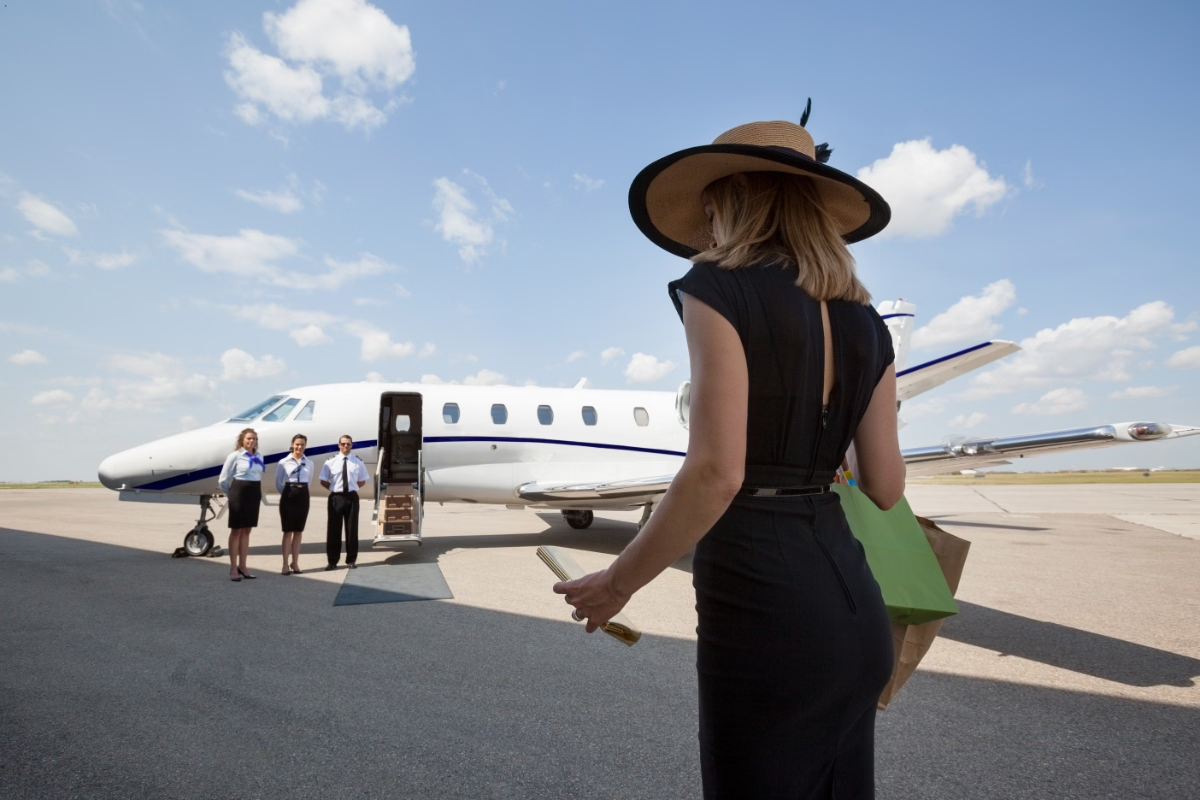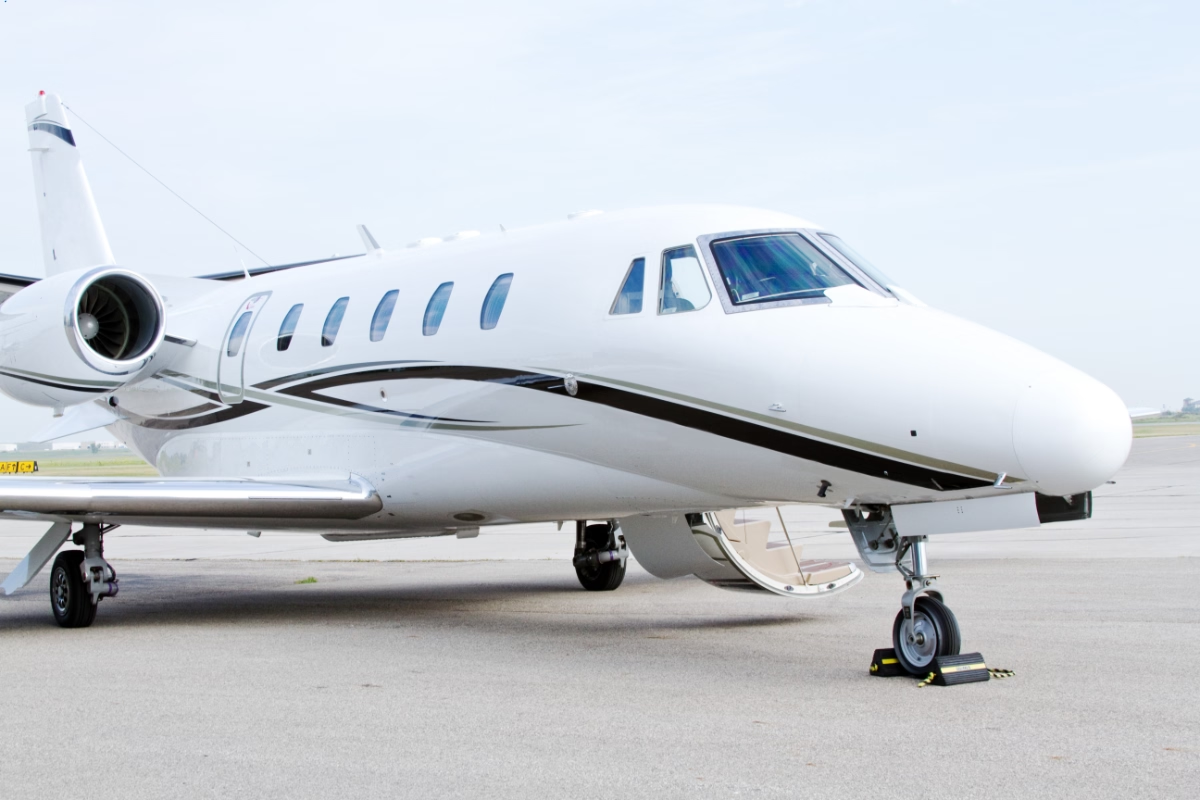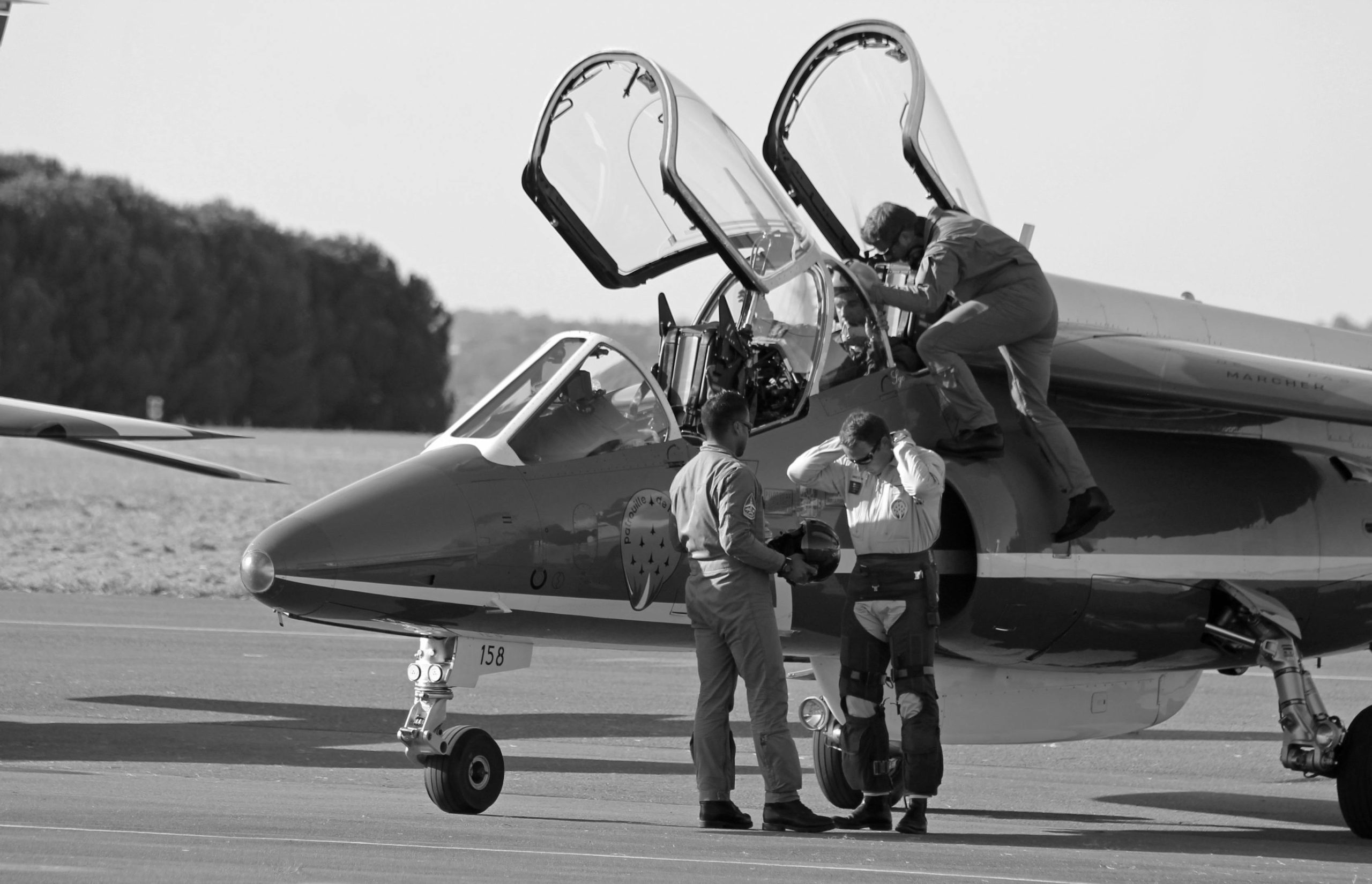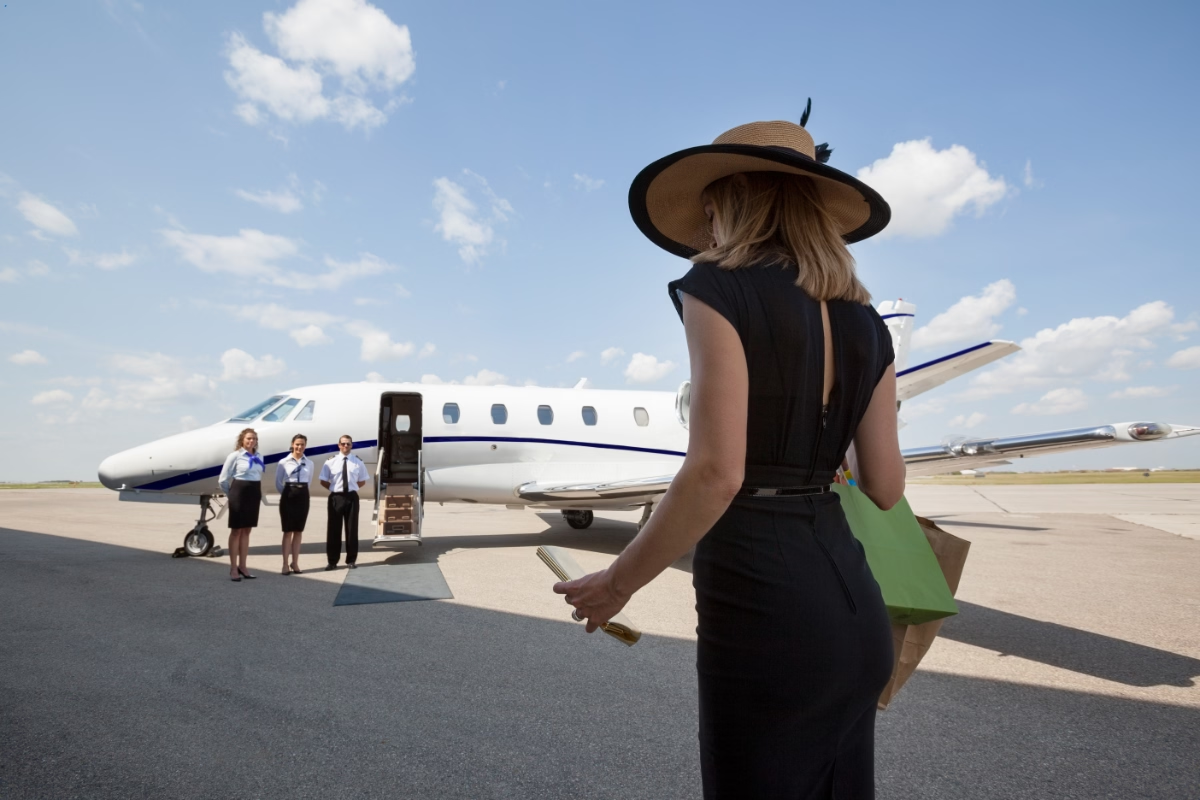Digital Technology in Private Aviation: Predicting Flight Delays and Enhancing Communication
Digital technology in private aviation is a game-changer in today’s era. By harnessing these advanced technologies, aviation companies can now predict flight delays with greater accuracy while enhancing real-time communication with passengers. The following article delves into the pivotal role of digital transformation within the private aviation sector and its potential to boost customer reliability and satisfaction significantly.
Private aviation still stands as the leading mode preferred by most luxury travelers, but even in such cases, flight delays would be counted upon as a frustrating blockade to a seamless travel experience. In the high-speed world of private aviation, arriving and departing on time was crucial.
Digital Technology in Private Aviation
1. Predictive Analysis
The aviation industry is revolutionizing its techniques driven by global technological advancements, and consumer demands. In this sector predictive analysis is playing its part in the growth of private aviation. It has become an essential need of private aviation for customer satisfaction as it deals with previous trends in flight delays, forecasts weather changes, and helps optimize flight schedules.
2. Artificial Intelligence (AI)
Incorporating digital technology in private aviation, AI can expedite the digital transformation of the aviation industry. This machine learning algorithm aids in managing flight delays by utilizing predictive weather forecasting data. It offers a transparent view into flight planning, considering various elements like weather updates and maintenance alerts, and delivers customer communication services through meticulous data analysis and automation.
3. Augmented Reality and Virtual Reality
AR and VR are playing an extraordinary part in changing the aviation industry.. Augmented reality (AR) helps to create digital data that coats over data given to an actual view to assist the aviation maintenance and the training of pilots.
On the other hand, virtual reality (VR) plays a role in providing the pilot and crew with immersive exposure to different scenarios and flying conditions. VR offers greater depth of insight, useful in creating a more realistic view of landing an aircraft.
4. Blockchain
Blockchain is an open-to-the-public and decentralized internet ledger, which offers recording and sharing of information. Since aviation information is significantly sensitive, blockchain can be a breakthrough technology for the aviation industry usually for private aviation companies.
5. Mobile applications
In this digital world where everything can be operated by your mobile phone. Mobile applications provide passengers with a quality experience with easy flight bookings, services of real-time flight, and details of services in the aircraft.
6. The Internet of Things
IoT refers to an internet-connected device network, including the exchange of information between each other and the central gateway. Moreover, most aviation companies make use of devices related to IoT for monitoring the condition of the plane and suggesting some predictive maintenance recommendations.
How It Helps to Predict Flight Delays

Digital technologies are helping a lot in predicting flight delays through the use of the following useful techniques:
1. Data Analytics
These systems process volumes of flight data derived from past delays, weather, and air traffic conditions. The machine algorithms predict trends and predict possible delays accordingly.
2. Machine Learning
Machine learning algorithms are updated continuously as additional data is induced. The machine algorithms adjust their data and forecasts in response to the season, the level of activity at the airport, and previous performances precisely to avoid any undesirable situation. These machine algorithms are a way effective in predicting flight delays.
3. Ingestion of Real-Time Data
Digital technologies integrate data from the reports on the weather, air traffic trends as well and airport operations hence predicting the issues that may lead to flight delays.
4. Predictive maintenance
Surveillance systems monitor the performance of aircraft systems and components. In case something is predicted via the surveillance, the system will face a maintenance problem; predictive maintenance warning alerts can be initiated before the damage hence, lowering the incidences of delays.
How Digital Technologies Enhance Communication

Effective communication in private aviation is required due to the following features;
- Keeps all stakeholders involved and connected.
- Keeps the passengers informed about the flight status and any further changes.
- Enhances safety through clear communication of protocols to all concerned bodies.
- Elevates the level of service provided to passengers.
- More effective management of flight schedules and resources.
- Quick, accurate, timely information flow in the time of crises.
Digital Communication Tools
1. Mobile Applications
Many private aviation companies have developed mobile applications, which are user-friendly and accustomed to the needs of the passenger providing the real-time status of their flight and in-app services in an ongoing flight.
2. Automatic Alerts
The system automatically sends alerts on changes, delays, and boarding procedures of flights, through SMS, email, or in-app notification, by ensuring that customers are always notified.
3. Chatbots and AI Support
Chatbots powered by AI across websites and applications help reduce wait times, improve customer support, and answer frequently asked questions within seconds.
4. Social Media and Customer Engagement
The airlines and private aviation reach out to the passengers directly through social media. They update, respond to any issues, and engage with their audience in real time.
In-Flight Communication
1. Crew Coordination Tools:
Digital communication platforms help flight crews to communicate with ground staff and air traffic controllers. It ensures effective communication strategies of a flight and any anomaly that may cause a deviation in the plan, or delay.
2. In-flight Entertainment Systems:
Modern in-flight systems not only offer passengers information regarding flights, ensure safety, but also facilitate their luxury passengers with in-flight entertainments that make the journey more spectacular
Private Aviation: Feedback Mechanisms
Digital technology in private aviation enhances the feedback mechanism, fostering a user-friendly experience. Feedback allows companies to gauge the customer’s experience, whether positive or negative. It facilitates the improvement of aviation services through the streamlined collection of passenger feedback via the Internet. Consequently, companies can deliver superior service and rectify any shortcomings by refining their offerings. Utilizing questionnaires, feedback forms, and social media engagements provides a comprehensive overview and drives service enhancement.
Impact of Enhanced Communication and Delay Prediction on Delayed Flight in Civil Aviation

1. Operational Efficiency
Better communication among the aviation crew and more effective monitoring results in more efficient flight operations. Predictive analytics help to identify any upcoming problem and possible delays; therefore, one can be able to support themselves with the situation and thus further reduce disturbances in their service.
2. Improved Resource Management
Effective communication, sharing of real-time data, and monitoring of maintenance lead to improved resource management on issues regarding crew scheduling, flight maintenance, and proper flight planning. It gives better insights to avoid any inconvenience on the flight.
3. Customer Loyalty and Reputation of the Brand
Good communication and proper flight management can differentiate one company from another in the aviation industry but this, of course, can be based on the company winning the trust of the passenger and, gaining customer loyalty in the long run.
4. Emergency Management
In the case of an emergency or unpredicted situation, a good communication system coupled with delay prediction will spread quick and appropriate information and, therefore, will lead to effectual action.
5. Saving of Costs
Effective communication will enable the prediction of delays with precision, leading resources to be allocated in a more organized manner and thus saving literal operational costs. It also saves the passengers from any economic loss.
Conclusion
Finally, it can be concluded that two significant problems such as lack of automation and highly expensive maintenance can properly be addressed with digital technologies. With technology missing, it is not easy to handle these major issues in private aviation effectively. Extensive digital technology practice can enhance sector efficiency, lower operational expenses, and improve consumer engagement through tailoring services to raise the experience and quality of services. Therefore, installing these technologies in your private aviation system is a much-needed step for the better experience of your luxury traveler.




